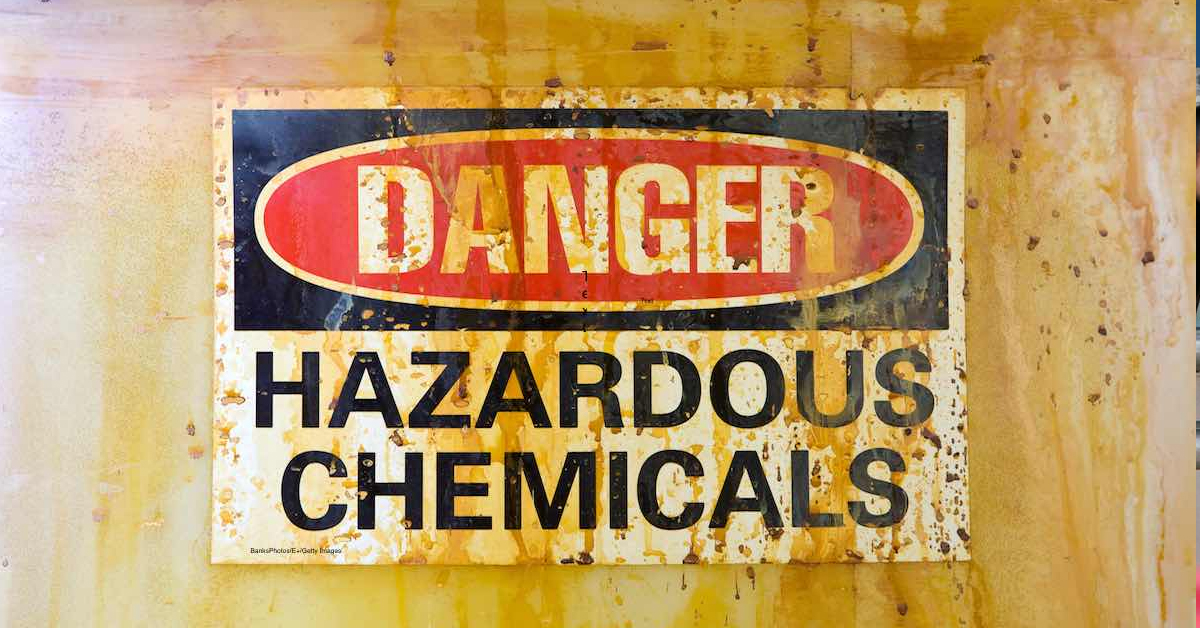
ByMartin Supply •
What is Hazard Communication?
By Malcolm Ritchie, BS, QSSP, HMTRI, Authorized OSHA Outreach Instructor, Martin Safety
So, what is Hazard Communication?
There are three types of ‘HAZ’ that OSHA is concerned about and requires where applicable.
The first is HAZWOPER (Hazardous Waste Operations and Emergency Recovery). The second is HAZMAT (Hazardous Materials) and the last and most important is HAZCOM (Hazard Communication).
How did HAZCOM come about?
Before OSHA existed, manufacturers, plants, companies and factories were able to use chemicals any way they wanted without any regard to the employees’’ health. Furthermore, companies could dispose of used chemicals into the soil or river harming plant life, water tables, soil and the environment as a whole. Companies using chemicals did not have to train workers on how to use the chemicals, what was unsafe about the chemical, how to mix, how much to use, etc. So, if a certain chemical caused cancer and a company required an employee to use that chemical, the company was not required to tell the employee about the dangers of using that chemical.
Then, around 1971, the Occupational Safety and Health Administration (OSHA) came into being. One of the first standards they enforced was the new HAZCOM law. The HAZCOM law stated that ALL companies must provide workers with the following:
- Instructions on how to use chemicals they work with
- How to store chemicals
- What personal protective equipment to wear
- How to mix the chemicals
- Safe methods for using their chemicals
- Openly available Safety Data Sheets (SDS)
- Labeled chemicals, vessels, drums, totes, bottles, pails, containers and spray bottles
HAZCOM is also applicable to all gases that a company may use.
Even though HAZCOM is one of the oldest standards that OSHA enforces, it is still consistently a top 3 citation that OSHA gives for violations each year.
So, if you use chemicals, be sure you are in compliance and read that label, use or mix that chemical correctly, store that chemical when done. And, above all, wear your PPE that the SDS recommends when using a chemical.
To learn about Martin’s Safety Training classes, call Malcolm Ritchie at 256.627.0804.


Comments for this post are closed.